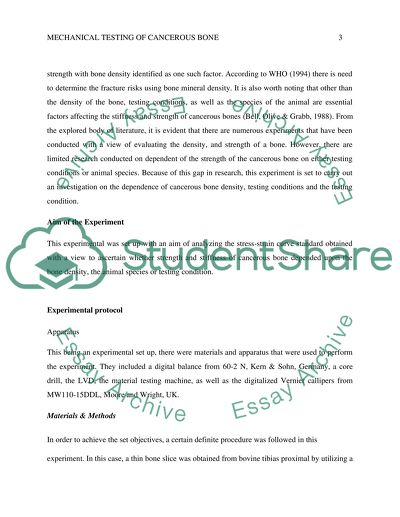Cite this document
(Mechanical Testing of Cancellous Bone Research Paper, n.d.)
Mechanical Testing of Cancellous Bone Research Paper. Retrieved from https://studentshare.org/biology/1612749-mechanical-testing-of-cancellous-bone-bio-mechanics
Mechanical Testing of Cancellous Bone Research Paper. Retrieved from https://studentshare.org/biology/1612749-mechanical-testing-of-cancellous-bone-bio-mechanics
(Mechanical Testing of Cancellous Bone Research Paper)
Mechanical Testing of Cancellous Bone Research Paper. https://studentshare.org/biology/1612749-mechanical-testing-of-cancellous-bone-bio-mechanics.
Mechanical Testing of Cancellous Bone Research Paper. https://studentshare.org/biology/1612749-mechanical-testing-of-cancellous-bone-bio-mechanics.
“Mechanical Testing of Cancellous Bone Research Paper”, n.d. https://studentshare.org/biology/1612749-mechanical-testing-of-cancellous-bone-bio-mechanics.


